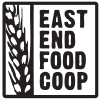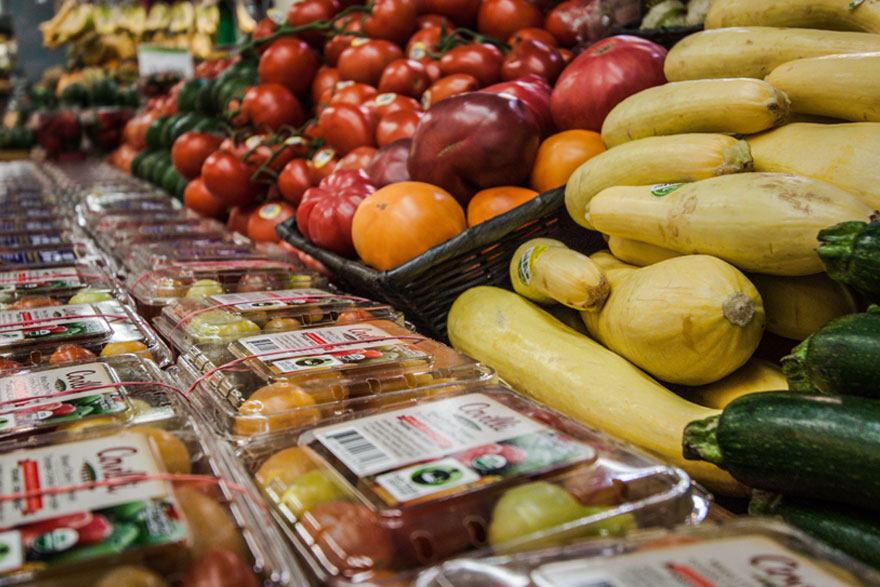By: Co+op, stronger together
What’s to love about food co-ops? So much! Co-ops have a cool way of doing things differently. They’re people working together for better food, stronger communities and a healthier world. And cooperative grocers are making a big impact. The study, Healthy Foods Healthy Communities: The Social and Economic Impacts of Food Co-ops, quantifies the impact food co-ops have as compared to conventional grocery stores. The study’s compelling results demonstrate the many ways that food co-ops do well while doing good.
Unlike their conventional counterparts, co-ops are owned and governed by member-shoppers and rooted in principles like community, voluntary and open membership, economic participation and cooperation. Because of these principles and practices, food co-ops inherently serve and benefit the communities where they are located. For example, the study finds that for every dollar spent at a food co-op, $0.38 is reinvested in the local economy compared to $0.24 at conventional grocers.
Supporting Local Food Systems and Sustainable Foods
Though “local” has popped up in conventional grocery stores in recent years, retail food co-ops are leaps and bounds ahead of the pack. Where conventional grocers work with an average of 65 local farmers and food producers, food co-ops work with an average of 157. Likewise, locally sourced products make up an average of 20 percent of co-op sales compared to 6 percent at conventional stores.
The East End Food Co-op’s produce department carries 88-100% organically grown produce. Depending on the season, local produce makes up 20-48% of our offerings.
Years after creating the market for organic foods, co-ops are still the place to find them. Of produce sales at food co-ops, 82 percent are organic, compared to 12 percent for conventional grocers. And, organics make up 48 percent of grocery sales in food co-ops, compared to just 2 percent in conventional grocers.
Locally sourced products make up an average of 25% of East End Food Co-op sales. We have more than 1,500 unique local products!
Local Economic Impact
The economic impact that a grocery store has on its local economy is greater than just the sum of its local spending, because a portion of money spent locally recirculates. For example, food co-ops purchase from local farmers who, in turn, buy supplies from local sources, hire local technicians to repair equipment, and purchase goods and services from local retailers. To some extent, conventional grocers do too, but the gap is still significant. For every $1,000 a shopper spends at their local food co-op, $1,604 in economic activity is generated in their local economy—$239 more than if they had spent that same $1,000 at a conventional grocer.
The East End Food Co-op had more than $2.8 million in sales of local products last fiscal year.
Employee Benefits
The average co-op earning $10 million per year in revenue provides jobs for over 90 workers. In total, 68 percent of those workers are eligible for health insurance, compared to 56 percent of employees at conventional grocers. Co-op employees also earn an average of nearly $1.00 more per hour than conventional grocery workers when bonuses and profit sharing are taken into account.
100% of Co-op jobs earn above minimum wage. 82.5% of Co-op staff are eligible for health insurance and benefits.
Environmental Stewardship
Grocery stores—co-ops and conventional alike—generate a significant amount of waste. What sets retail food co-ops apart is what they do with that waste. Co-ops recycle 96 percent of cardboard, 74 percent of food waste and 81 percent of plastics compared to 91 percent, 36 percent and 29 percent, respectively, recycled by conventional grocers.
Each year, we give more than 130,000 bag credits, recycle 300,000 pounds of waste, and compost 30 tons of food scraps.
Reprinted by permission from StrongerTogether.coop



Leave A Comment